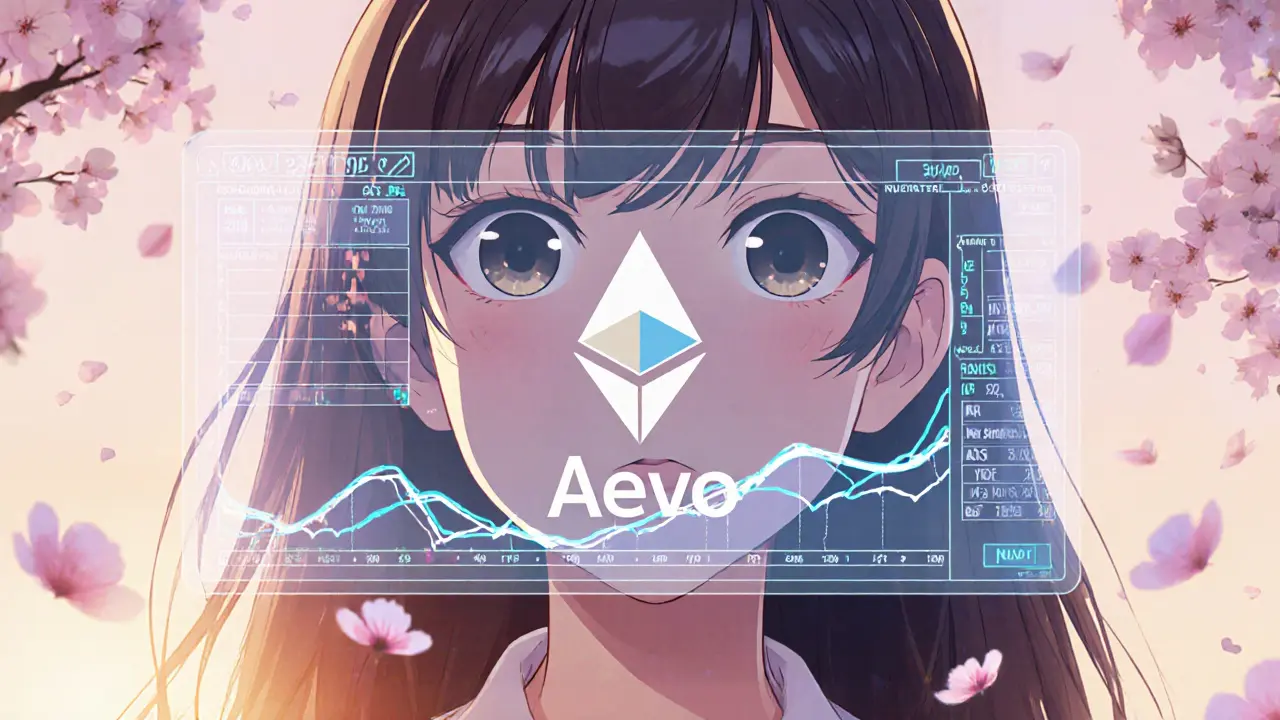In-depth 2025 review of Aevo crypto exchange covering its Layer2 tech, fees, security, and trading features to help you decide if it fits your crypto derivatives strategy.
Decentralized Derivatives
When working with decentralized derivatives, financial contracts that settle on blockchain networks without a central intermediary. Also known as DeFi derivatives, they let traders bet on price moves, hedge exposure, or gain leverage while staying on-chain.
Key Concepts & How They Interact
One of the most common building blocks is the perpetual swap, a contract that never expires and mimics a futures market. Decentralized derivatives encompass perpetual swaps, meaning the market can offer continuous exposure without rolling over positions. Another core piece is the synthetic asset, which tracks the price of an off‑chain commodity or index by using collateral and oracle feeds. Synthetic assets require precise collateral management, and they enable users to replicate stocks, commodities, or even other crypto prices without owning the underlying asset.
These contracts run on DeFi protocols, platforms that provide smart‑contract automation, liquidity pools, and governance. DeFi protocols facilitate margin trading by letting traders borrow against their collateral, amplifying gains (and losses). The interaction looks like this: DeFi protocols host perpetual swaps, synthetic assets rely on oracles, and margin trading fuels the leverage that makes both useful. Understanding how each piece fits helps you assess risk, spot opportunities, and choose the right platform for your strategy.
Below you’ll find a curated set of articles that break down specific tokens, exchange reviews, and risk assessments related to decentralized derivatives. From deep dives into new DEXes to step‑by‑step guides on claiming airdrops, the collection equips you with practical insights to navigate this fast‑moving corner of crypto.





